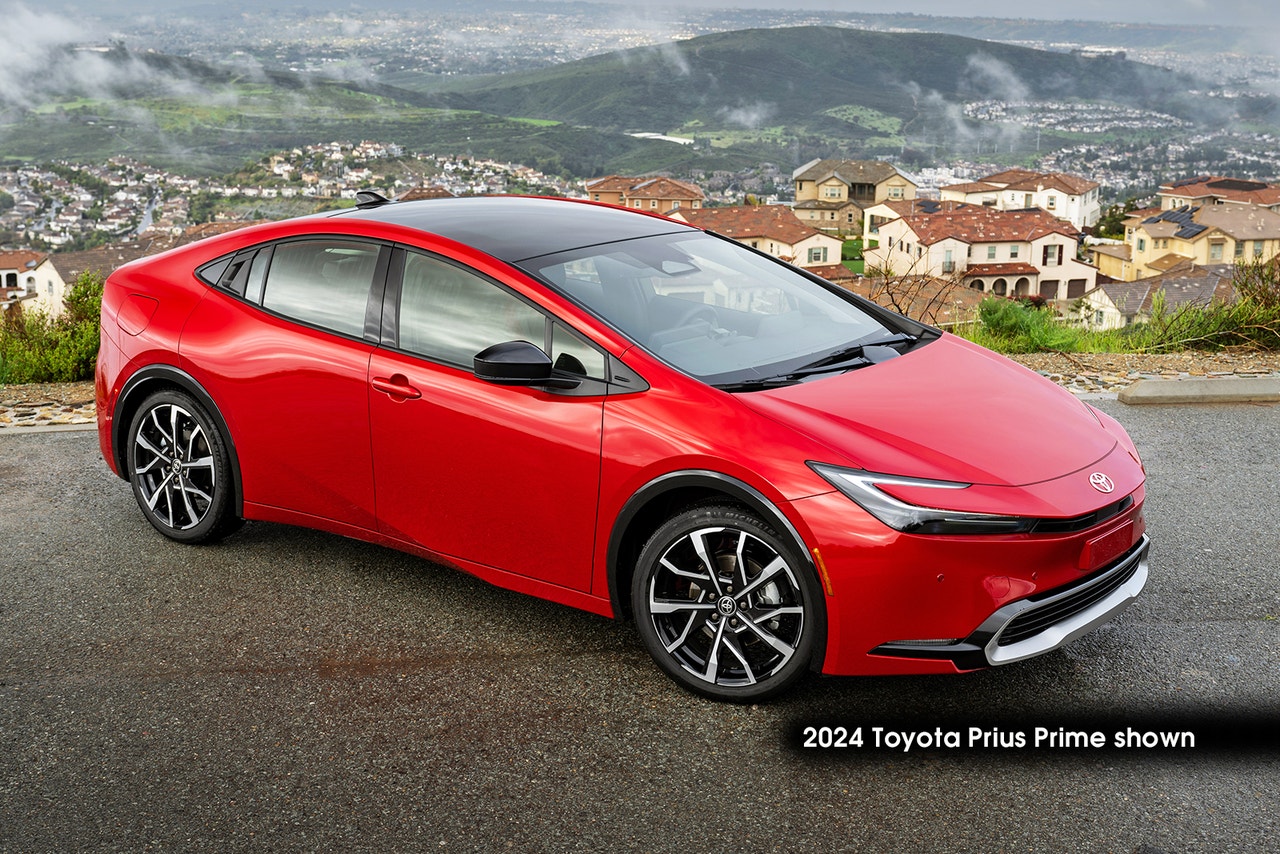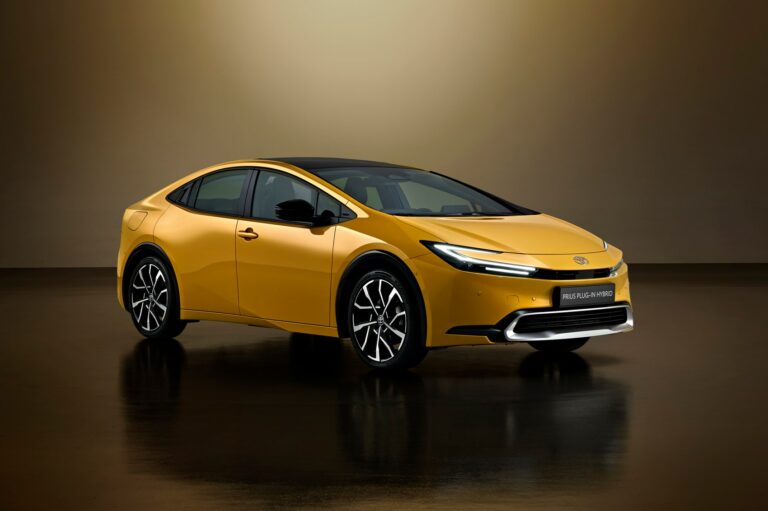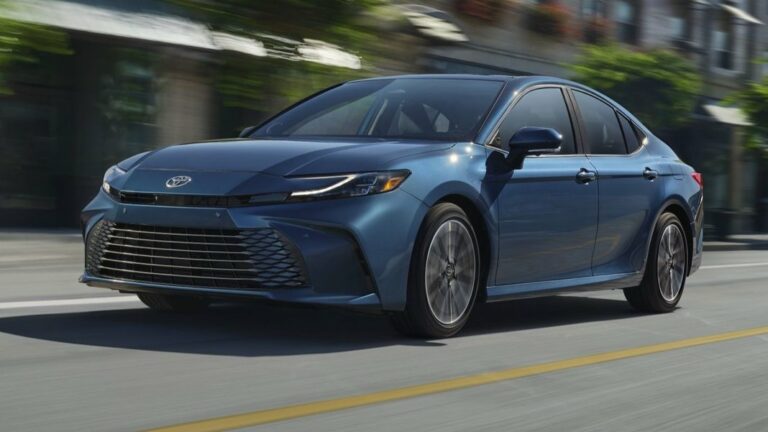2026 Toyota Prius Plug-In: Release Date, Features, and Market Expectations
The automotive industry is abuzz with anticipation for the upcoming 2026 Toyota Prius Plug-In. As the latest iteration in Toyota’s renowned Prius lineup, this plug-in hybrid promises to deliver an exceptional blend of fuel efficiency, advanced technology, and sleek design. In this comprehensive overview, we will delve into the projected release date, anticipated features and enhancements, market positioning, and pricing information for the 2026 Toyota Prius Plug-In.
With its reputation for innovation and environmental consciousness, Toyota is poised to raise the bar once again with the 2026 Prius Plug-In. This vehicle is expected to embody the company’s commitment to sustainable mobility while providing drivers with an exhilarating and practical driving experience.
Projected Launch Date

The highly anticipated 2026 Toyota Prius Plug-In is expected to hit the showrooms in late 2025, as a 2026 model. This projected launch date is based on the automaker’s typical release schedule and the current development timeline.
However, it’s important to note that unforeseen circumstances, such as supply chain disruptions, production delays, or changes in market demand, could influence the release schedule. Toyota may need to adjust the launch date accordingly, either advancing or postponing it.
Expected Features and Enhancements

The upcoming 2026 Toyota Prius Plug-In is poised to elevate the hybrid experience with a slew of anticipated upgrades. From its sleek exterior to its technologically advanced cabin, the new Prius Plug-In promises to deliver an unparalleled blend of style, efficiency, and innovation.
The exterior of the 2026 Prius Plug-In is rumored to undergo a significant redesign, embracing a more dynamic and futuristic aesthetic. The vehicle is expected to feature a sharper front fascia with a wider grille and sleek LED headlights, giving it a more aggressive and sporty stance. The rear end may also receive a refresh, with revised taillights and a redesigned bumper.
Interior Cabin
Inside the cabin, the 2026 Prius Plug-In is anticipated to boast a more spacious and comfortable interior. The use of high-quality materials and improved sound insulation will create a more premium and refined atmosphere. The dashboard is expected to be redesigned with a larger touchscreen infotainment system and a fully digital instrument cluster, providing drivers with easy access to essential information.
Powertrain Specifications
Under the hood, the 2026 Prius Plug-In is likely to retain its hybrid powertrain, consisting of a 1.8-liter four-cylinder gasoline engine paired with an electric motor. However, the electric range and fuel efficiency are rumored to be improved significantly. The battery pack capacity may be increased, allowing for longer all-electric driving distances. Additionally, the gasoline engine is expected to be optimized for better fuel economy and lower emissions.
Market Positioning and Competition
Toyota targets eco-conscious drivers with the 2026 Prius Plug-In, aiming to retain its dominance in the plug-in hybrid segment.
Key rivals include the Hyundai Ioniq Plug-In, known for its sleek design and generous electric range, and the Kia Niro Plug-In, offering a spacious interior and impressive fuel economy.
Target Market
- Environmentally conscious consumers seeking fuel efficiency and reduced emissions.
- Commuters and city dwellers with shorter daily commutes.
- Drivers interested in the benefits of electric driving without the range anxiety associated with fully electric vehicles.
Competition
Toyota plans to differentiate the Prius Plug-In through its proven reliability, advanced hybrid technology, and spacious interior. The Prius has a long-standing reputation for fuel efficiency and low maintenance costs, making it an attractive option for budget-conscious consumers.
Pricing and Availability
The 2026 Toyota Prius Plug-In is expected to carry a starting price of around £30,000. This price tag is in line with other plug-in hybrid vehicles on the market. The Prius Plug-In will be available in several trim levels, including a base LE trim and a more luxurious Limited trim. The Limited trim will likely come with features such as a larger touchscreen display, a premium audio system, and leather seats.
Toyota has not yet announced the production volume for the 2026 Prius Plug-In, but it is expected to be in high demand. Potential buyers may need to be prepared for a waiting list if they want to get their hands on one of the first models.
Answers to Common Questions
When is the anticipated release date of the 2026 Toyota Prius Plug-In?
The projected release date for the 2026 Toyota Prius Plug-In is early 2026. However, factors such as supply chain disruptions or production delays could influence the actual release timeline.
What are the rumored exterior design upgrades for the 2026 Prius Plug-In?
The 2026 Prius Plug-In is expected to feature a refreshed exterior design, potentially including a more aerodynamic silhouette, updated lighting elements, and revised bumpers.
What are the anticipated improvements to the interior cabin of the 2026 Prius Plug-In?
The interior of the 2026 Prius Plug-In is expected to receive significant upgrades, including an enhanced infotainment system, improved seating comfort, and the integration of advanced safety and driver-assistance technologies.
What is the expected electric range and fuel efficiency of the 2026 Prius Plug-In?
Toyota has not yet released official specifications for the 2026 Prius Plug-In. However, it is anticipated to offer an extended electric range compared to the current model, along with improved fuel efficiency in hybrid mode.
Who are the key competitors of the 2026 Prius Plug-In in the plug-in hybrid segment?
The 2026 Prius Plug-In will face competition from established rivals such as the Hyundai Sonata Plug-In Hybrid, Kia Niro Plug-In Hybrid, and Honda Clarity Plug-In Hybrid.



